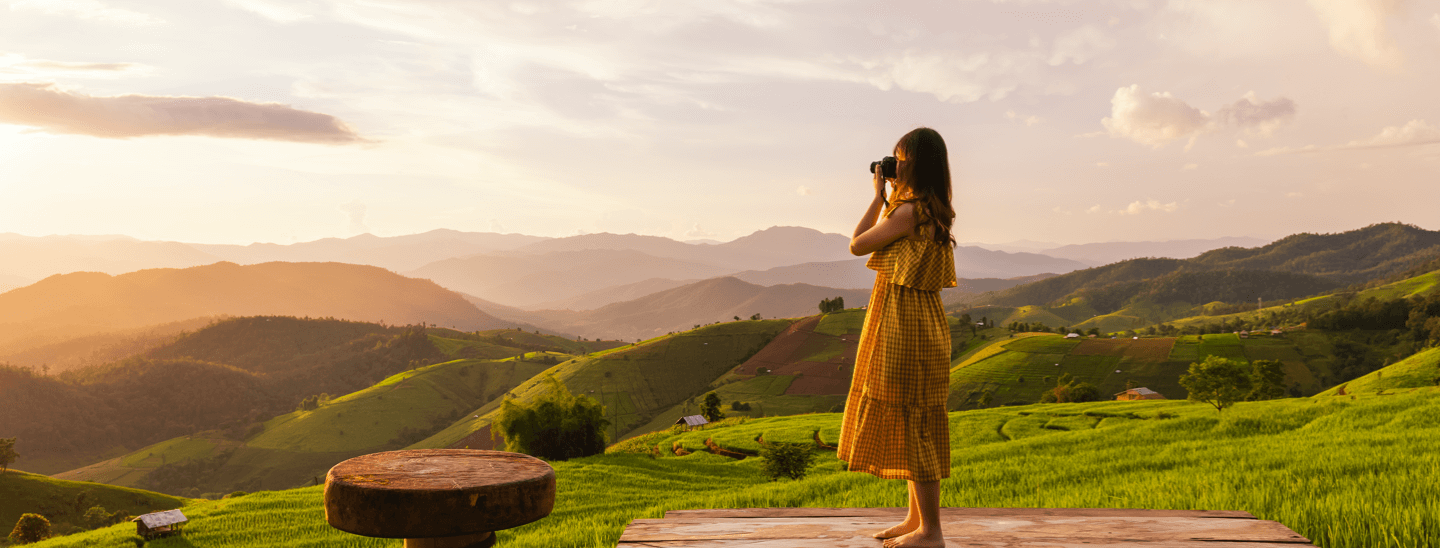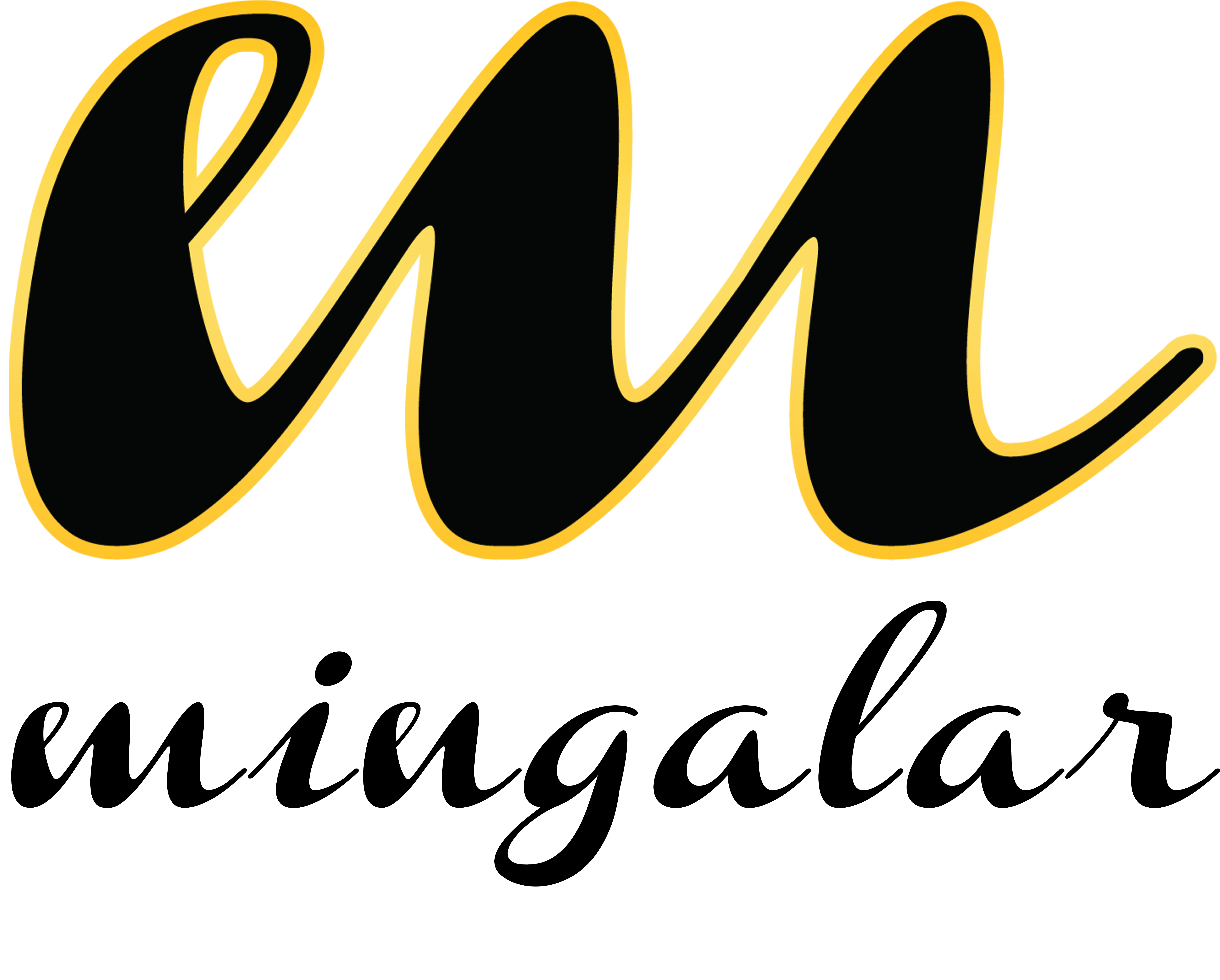Singapore
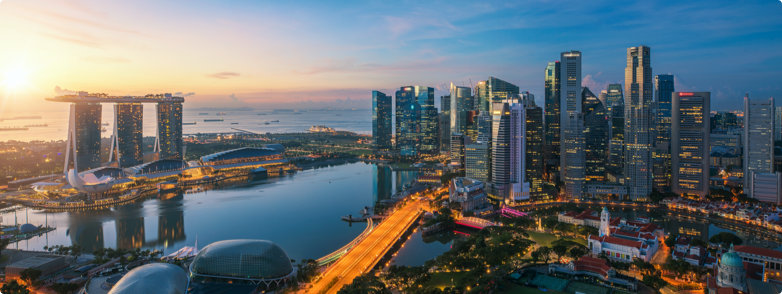 The earliest mention of Singapore comes from a 3rd century Chinese record that described Singapore as "Pu-Lo-Chung" ("the island at the end of the peninsula"). At this time, little was known about the history of the island, but this ordinary record does not reflect the centuries-old history of Singapore. By the 14th century, Singapore had become part of the powerful Sri Vijaya Empire and was known as Temasek ("Sea City"). It was no less than a name from the 3rd century. Situated at a natural crossing point on the edge of the Malay Peninsula, Singapore has historically attracted a variety of ships: Chinese junks, Indian ships, Arab schooners and Portuguese warships, as well as Buginese schooners.
The earliest mention of Singapore comes from a 3rd century Chinese record that described Singapore as "Pu-Lo-Chung" ("the island at the end of the peninsula"). At this time, little was known about the history of the island, but this ordinary record does not reflect the centuries-old history of Singapore. By the 14th century, Singapore had become part of the powerful Sri Vijaya Empire and was known as Temasek ("Sea City"). It was no less than a name from the 3rd century. Situated at a natural crossing point on the edge of the Malay Peninsula, Singapore has historically attracted a variety of ships: Chinese junks, Indian ships, Arab schooners and Portuguese warships, as well as Buginese schooners.
In the 14th century, this small but strategically located island received a new name - "Singapura", or "Lion City". According to legend, a visiting prince from Sri Vijaya saw an animal that he mistook for a lion, and hence the modern name of Singapore. The British contributed the next important chapter to Singapore's history. In the 18th century, they saw the need for the island as a "halfway house" to repair, supply and protect their growing imperial fleet, as well as to prevent Dutch activity in the region.
Everything happened against the backdrop of political events, because Sir Stamford Raffles founded Singapore as a trading port. The free trade policy attracted merchants from all over Asia, as well as from the United States and the Middle East. By 1824, just five years after the creation of modern Singapore, the population had grown from 150 to 10,000.
In 1832, Singapore became the center of government for the Straits Settlements, including Penang, Malacca and Singapore. The opening of the Suez Canal in 1869 and the advent of the telegraph and steamship increased Singapore's importance as a center for the growing trade between East and West. Singapore was also the site of hostilities in the 14th century, when it became embroiled in the struggle for the Malay Peninsula between Siam (now Thailand) and the Majapahit Empire of Java.
Five centuries later, during the Second World War, Singapore again became the site of significant fighting. Singapore was considered an impregnable fortress, but in 1942 the island was captured by the Japanese. After the war, Singapore became a British colony. Rising nationalism led to home rule in 1959, and Singapore became an independent republic on 9 August 1965.
Merlion
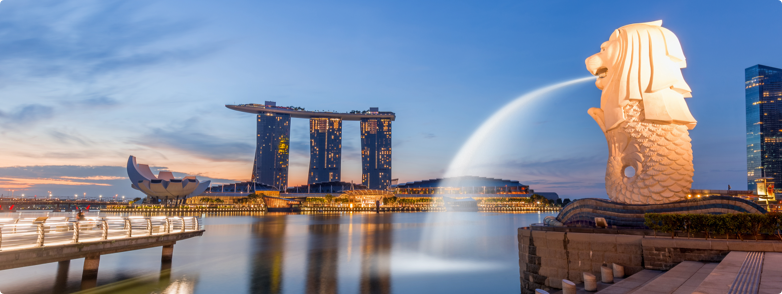
The Merlion is considered the symbol of Singapore. This mythical creature, half lion and half fish, is said to symbolize the courage, determination and strength of the citizens of Singapore. If you are interested in seeing the Merlion, then you can meet his 8-meter statue at the mouth of the famous Singapore River. How to get there - walk along the embankment from Raffles Place tube station.
Чайна-таун
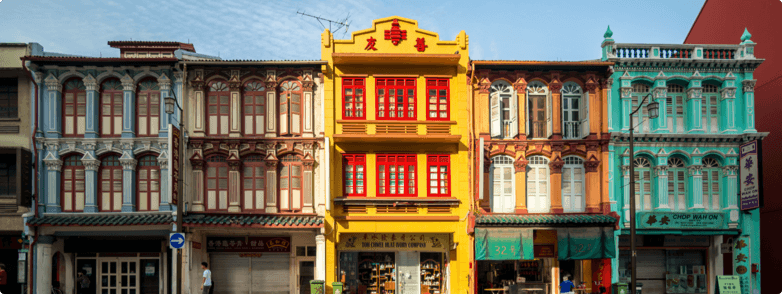
The Merlion is considered the symbol of Singapore. This mythical creature, half lion and half fish, is said to symbolize the courage, determination and strength of the citizens of Singapore. If you are interested in seeing the Merlion, then you can meet his 8-meter statue at the mouth of the famous Singapore River. How to get there - walk along the embankment from Raffles Place tube station.
Clark Quay
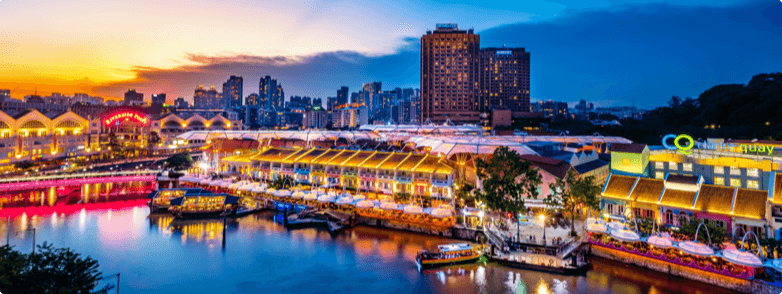
This is a very popular destination for those interested in Singapore's nightlife. In this area you will find many air-conditioned buildings, souvenir stalls, bars, clubs and restaurants. In addition, you can find a wide variety of handicrafts and souvenirs here. An ideal place for both shopping and dining. How to get there - head towards the waterfront from Clark Quay MRT station.
Sentosa Island
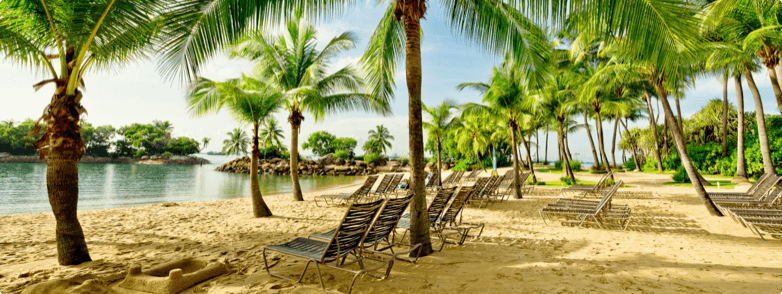
Sentosa is Singapore's main resort island with many attractions and countless events. Here you can enjoy Volcano Land, the Orchid Garden, a musical fountain, a wonderful golf course or just relax on one of the beautiful beaches. How to get there - walk across the bridge near the VivoCity Shopping Centre, ride the Sentosa Express monorail (connects HarborFront, VivoCity and St. James Power Station on Sentosa), go by car, taxi or bus (TelokBlanga road, and then transfer to the Sentosa bus HarborFront bus station), you can also take the metro and get off at HarborFront station.
Jurong Bird Park
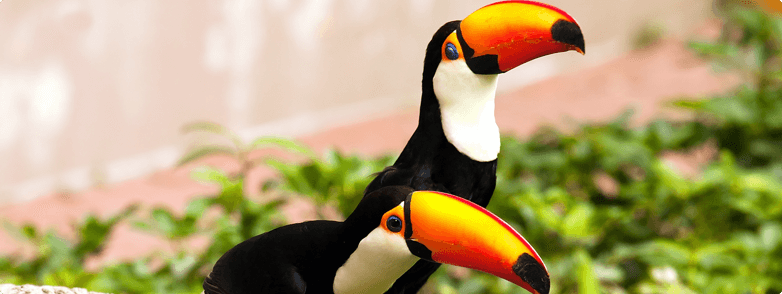
Jurong Bird Park is famous for its open area concept and houses over 600 species of birds. It is also the largest bird park in the Pacific region and has the tallest man-made waterfall in the world. Be sure to check the poster to attend the park's famous Starbirds show. To get there, take the MRT to Boon Lay Station and then take the SBS 194 or 251 bus.
Orchard Road
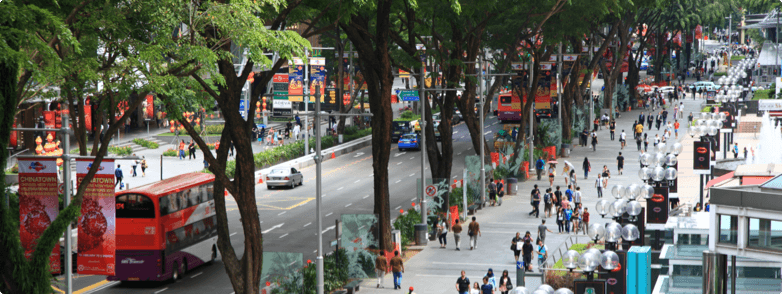
Orchard Road has to be one of the most popular places in all of Singapore due to its shopping main street in the city. This is a real paradise for people who love shopping. The central shopping area is located on Orchard Road and extends for about 2.5 kilometers. It is also considered one of the places with the largest concentration of shopping centers in the world. How to get there - you can take a bus, taxi or just drive. Or you can take the metro and get off at Orchard station.


